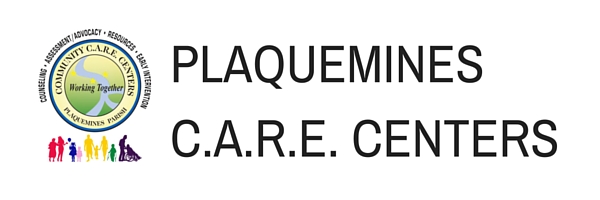Submitted by Irma L. White, CHW/Patient Navigator
According to the National Alliance on Mental Health, mental illness is a medical condition that disrupts a person’s thinking, feeling, mood, ability to relate to others, and daily functioning. Just as diabetes is a disorder of the pancreas, mental illnesses are medical conditions that often result in a diminished capacity for coping with the ordinary demands of life.
Mental illness is considered the product of a complex interaction among biological, psychological, social, and cultural factors including but not limited to:
- Having a biological (blood) relative, such as a parent or sibling, with a mental illness;
- Stressful life situations, such as financial problems, a loved one’s death or a divorce;
- Having a chronic medical condition, such as cancer;
- Use of illegal drugs;
- Being abused or neglected as a child;
- Having previously had a mental illness.
Did you know?
- There are more than 200 classified forms of mental disorders.
- Anxiety disorders are the most common mental illness in the U.S., affecting 40 million adults in the United States age 18 and older (18% of the U.S. population).
- Women are twice as likely to be affected by a panic disorder than men.
- A manic episode can last up to four months if untreated.
- Women are more likely to be affected by PTSD than men. Rape is the most likely trigger of PTSD: 31% of women who are raped will develop the disorder
Myths & Facts Children don’t experience mental health problems.
Fact: Even young children may show early warning signs of mental health concerns. These mental health problems are often clinically diagnosable, and can be a product of the interaction of biological, psychological and social factors.
- People with mental health problems are violent and unpredictable.
Fact: The vast majority of people with mental health problems are no more likely to be violent than anyone else. Most people with mental illness are not violent and only 3% - 5% of violent acts can be attributed to individuals living with a serious mental illness.
- Therapy and self-help are a waste of time. Why bother when you can just take a pill?
Fact: Treatment for mental health problems varies depending on the individual and could include medication, therapy or both.
- I can’t do anything for a person with a mental health problem.
Fact: Friends and loved ones can make a difference. Only 38% of adult with diagnosable mental health problems and less than 20% of children and adolescents receive needed treatment.
- People with mental health needs, even those who are managing their mental illness, cannot tolerate the stress of holding down a job.
Fact: People with mental health problems are just as productive as other employees. Employers who hire people with mental health problems report good attendance and punctuality as well as motivation, good work, and job tenure on par with or greater than other employees.
Finally, because mental illness often carries the stigma of disgrace or shame, many people go untreated. But, remember, like diabetes, mental illness is a medical condition and is treatable.
If you, or someone you know, are experiencing disruption in your thinking, feeling, mood, ability to relate to others, and daily functioning, the C.A.R.E. Centers can provide clinical assessment of needs, development of individual care plans, including recommended services and treatments.
Information provided by National Alliance on Mental Health; Anxiety & Depression Association of America; Mentalhealth.gov; and the University of South Alabama, Coastal Resource & Resiliency Center.

















